Table of Contents (click to expand)
Dogs were the first animals to be domesticated. They came from a single population of wolves in East Asia and are now found in a wide variety across the globe.
Many pop culture shows have talked about domesticating dogs, from thrilling movies like Air Bud and Turner and Hooch to comic book sidekicks like Krypto. However, for animals that we value so much, we know very little about how dogs became (Hu)man’s best friend.
So how exactly did this happen? How long did it take? Was there a single event or many events that led to this? What led to their domestication?
Fortunately, a combination of archaeological, genetic and evolutionary evidence has been able to shed some light on the process.
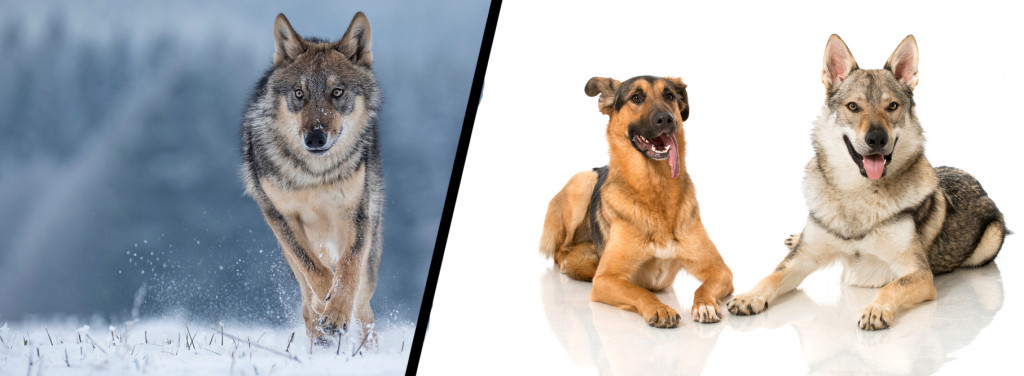
What Do We Mean By Domestication?
The Oxford English Dictionary defines it as “The process of taming an animal and keeping it as a pet or on a farm.” This is a simple definition of what is, in fact, a very complex process. Domestication has both cultural and biological aspects.
First of all, human society has to accept the animal in question. After being accepted within human social structures, the animal will undergo biological changes to fit the requirements of humans. Thus, for dog ancestors to be domesticated, they first needed to meet humans, but where were those dog ancestors for humans to meet them? All around the globe, in fact.
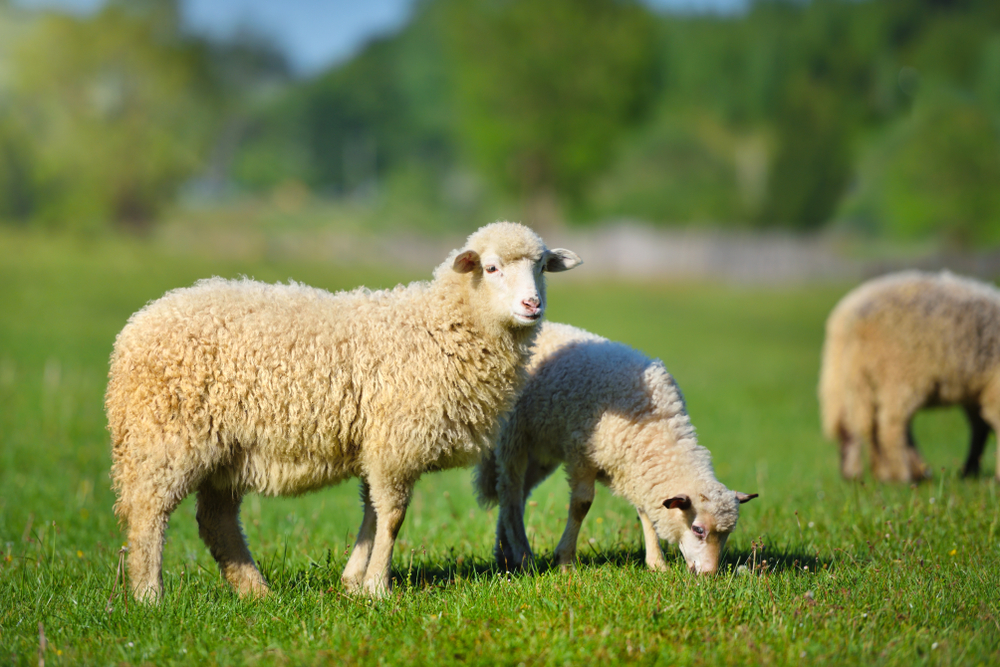
Also Read: How Did We Start Keeping Pets?
How Canines Conquered The Globe
First, let’s talk about what we mean when we say dogs. Dogs belong to a family known as Canidae, which is a family of dog-like species such as foxes, jackals, wolves, etc. Canids are characterized by their long muzzles, upright ears and long slender legs. They branched off from a family called Miacidae about 40 million years ago in North America.
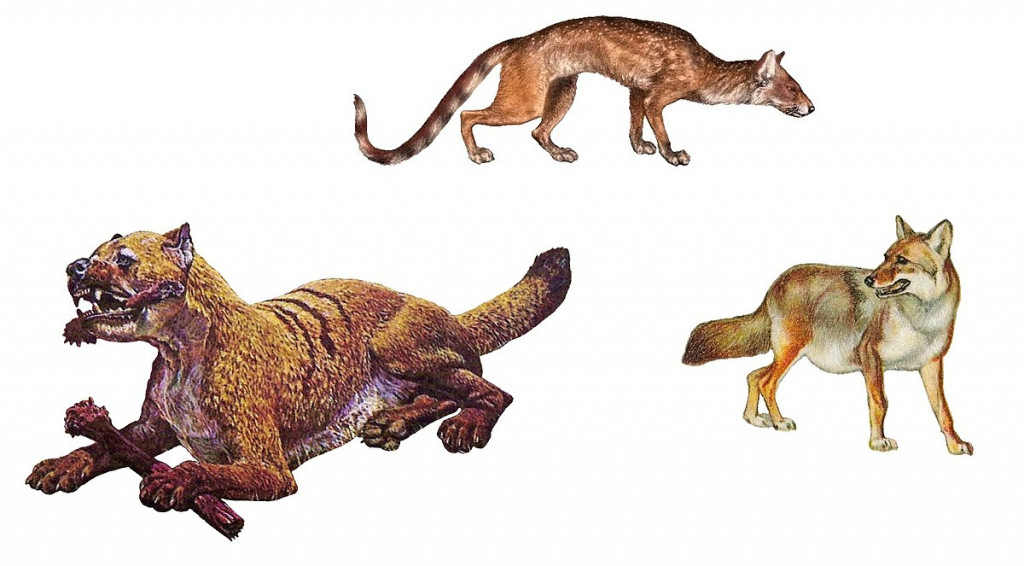
There were three subfamilies of ancient dogs: bone-crushing dogs (bottom left), hesperocyoninae (top), and canines. Only the canine lineage remains alive today.
These canine ancestors of dogs crossed into Europe and Asia using the Bering Strait about 8 million years ago. Around 3 million years ago, they crossed into South America, around the time the Isthmus of Panama formed.
Canines only crossed over to Australia around 3,500 years ago, but we’ll get to that a little later…
Also Read: Are Captive Elephants Domesticated?
Where Did We First Meet Dogs?
Much of how we domesticated dogs has been inferred from present dogs and their behavior, as well as archaeological and genetic evidence. However, it’s been harder to determine where and when this happened. The time range that scientists quarrel over spans 32,000 years ago to 10,000 years ago.
Scientists haven’t come to a consensus on the “where” question either. Research has suggested a European, Middle Eastern, or East Asian origin, with the East Asian origin story garnering the most support.
The most recent research show dogs originating in Eastern Eurasia. At first, these grey wolves were domesticated and evolved into primitive dogs. Humans used primitive dogs for hunting and protection, and in turn, the dogs used humans as a source of food. This type of mutually beneficial system is called commensal domestication.
However, after we met our dog ancestors, the journey towards becoming “man’s best friend” is a long and interesting one.
Another factor that helped with dogs being domesticated is the fact that their ancestors—the grey wolves—were pack hunters. Early humans were also pack hunters. With shared social and behavioral signals, it was easier for us to understand each other, so wherever we did initially meet, it was helped along by a number of overlapping factors.
The Journey Of Domestication
We know for a fact that we domesticated dogs from two separate populations! One population was in East Asia, which then merged with another population in Europe. All domestic dogs today—from the ferocious Doberman to the tiny Shih Tzu—can trace themselves to genes from these two populations.
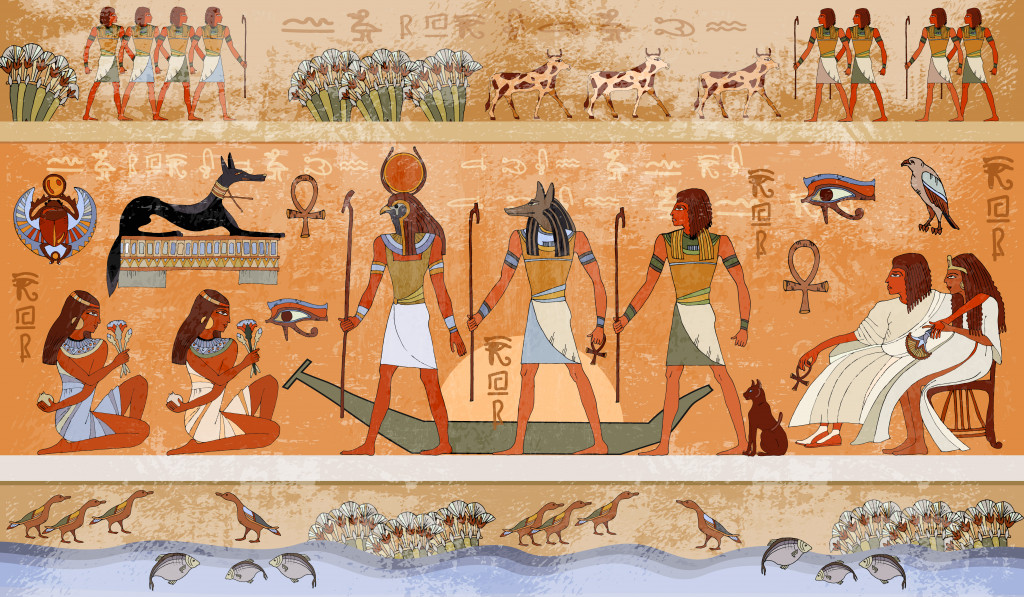
In certain parts of Europe and the Middle East, dogs may have been cross-bred with wolves from the same region, which could have created new breeds. Inuits also created new breeds when they travelled to North America for the first time. This was not because of cross-breeding, but because only a small part of this original population was taken with them. This small group led to a “genetic bottleneck”; there were only so many individuals to mate within a small gene pool, so their characteristics changed quickly and dramatically.
Australia only got dogs when humans migrated to the continent. Aboriginal Australians brought dogs that were either fully domesticated or half-domesticated. Soon after reaching the continent, the dogs became wild again and formed their own separate population, known as dingos.
Today, there are numerous breeds of dogs. Each dog breed reflects their place of origin, the place to which they were best adapted. Take the Siberian Husky, for example. The ‘Siberian’ in their name points to Siberia, an extremely cold place, so the dogs have long fur to survive the cold. They also have strong legs and a tendency towards obedience.
Early humans chose these traits and “selectively bred” these dogs. Basically, if a dog had desirable traits, that dog would be selected to have puppies. Studies using DNA analysis show that it was males with desirable traits that were selectively bred. They were then made to mate with as many females as possible.
Conclusion
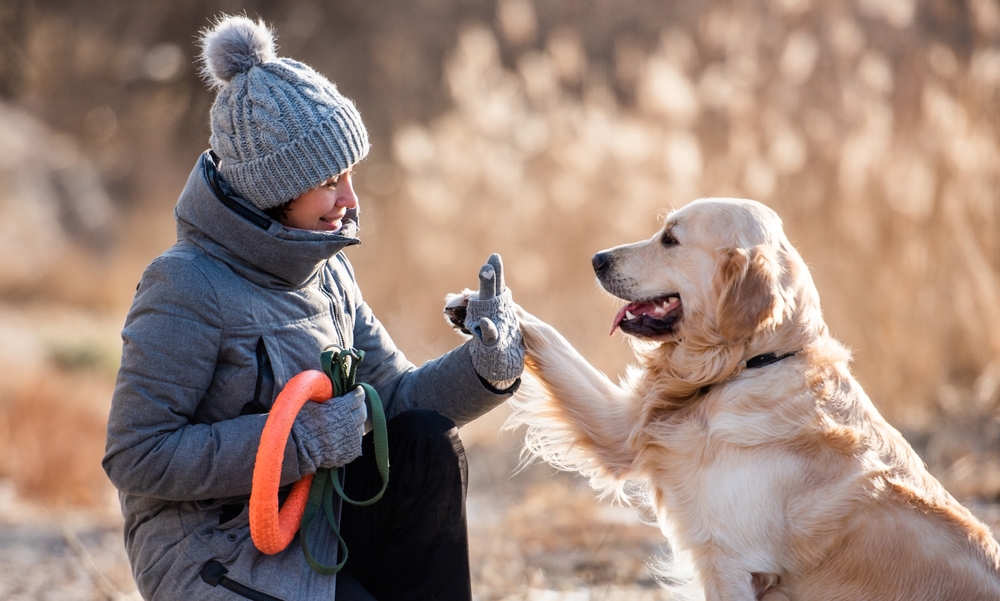
Dogs have come a long way from helping us hunt down our dinner. They are now considered members of families, a status symbol, and treated with more respect than other domesticated animals, like sheep and horses.
Unfortunately, a dog’s place as a cultural symbol has made pedigree more important than function. Pedigree refers to the “purity” of the breed, without any intermixing of genes. This leads to a lot of inbreeding and genetic disorders in dog populations. Recently, there has been more awareness about how choosing pure breed dogs can be bad for their health.
Dogs have a long way to go on their evolutionary journey, but every day there are new discoveries that show us how they became our closest animal friends!
How well do you understand the article above!

References (click to expand)
- P Jensen. THE BEHAVIOURAL BIOLOGY OF DOGS. sherekashmir.informaticspublishing.com
- CLUTTON-BROCK, J. (1992, June). The process of domestication. Mammal Review. Wiley.
- Fillios, M., Crowther, M. S., & Letnic, M. (2012, March). The impact of the dingo on the thylacine in Holocene Australia. World Archaeology. Informa UK Limited.
- Savolainen, P., Zhang, Y.-. ping ., Luo, J., Lundeberg, J., & Leitner, T. (2002, November 22). Genetic Evidence for an East Asian Origin of Domestic Dogs. Science. American Association for the Advancement of Science (AAAS).
- Wang, G.-D., Zhai, W., Yang, H.-C., Wang, L., Zhong, L., Liu, Y.-H., … Zhang, Y.-P. (2015, December 15). Out of southern East Asia: the natural history of domestic dogs across the world. Cell Research. Springer Science and Business Media LLC.
- Bannasch, D., Famula, T., Donner, J., Anderson, H., Honkanen, L., Batcher, K., … Rebhun, R. (2021, December 2). The effect of inbreeding, body size and morphology on health in dog breeds. Canine Medicine and Genetics. Springer Science and Business Media LLC.
